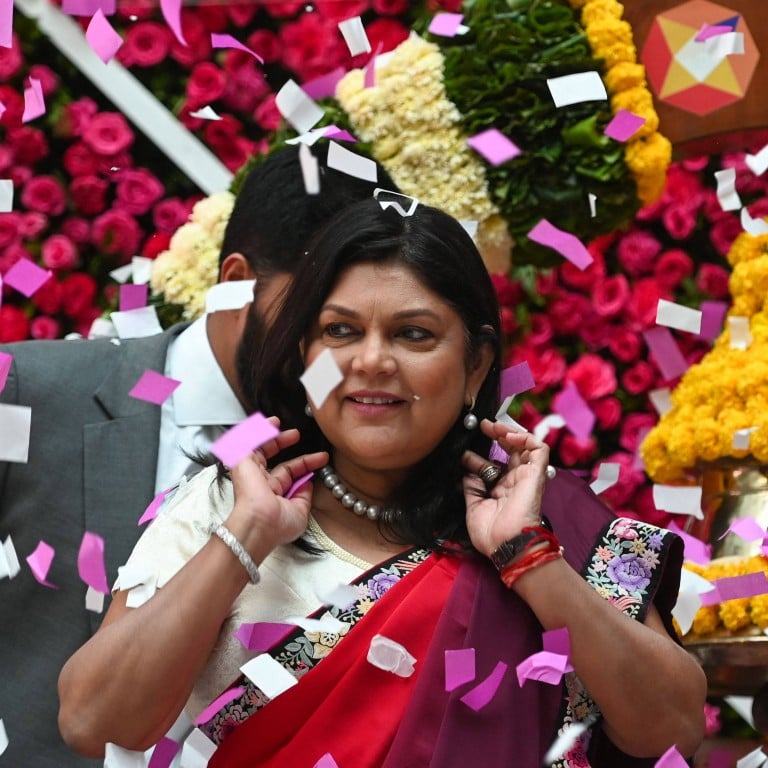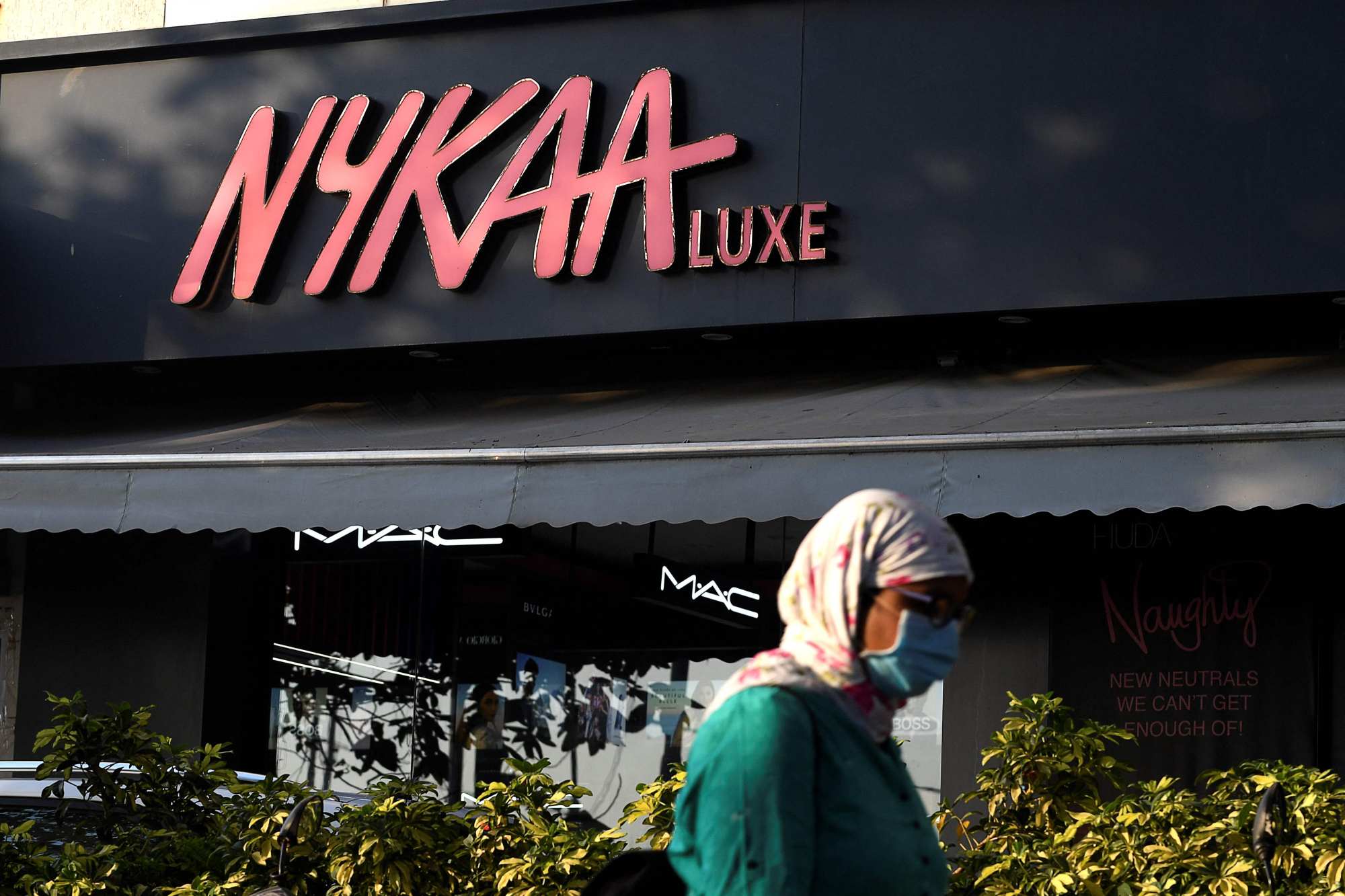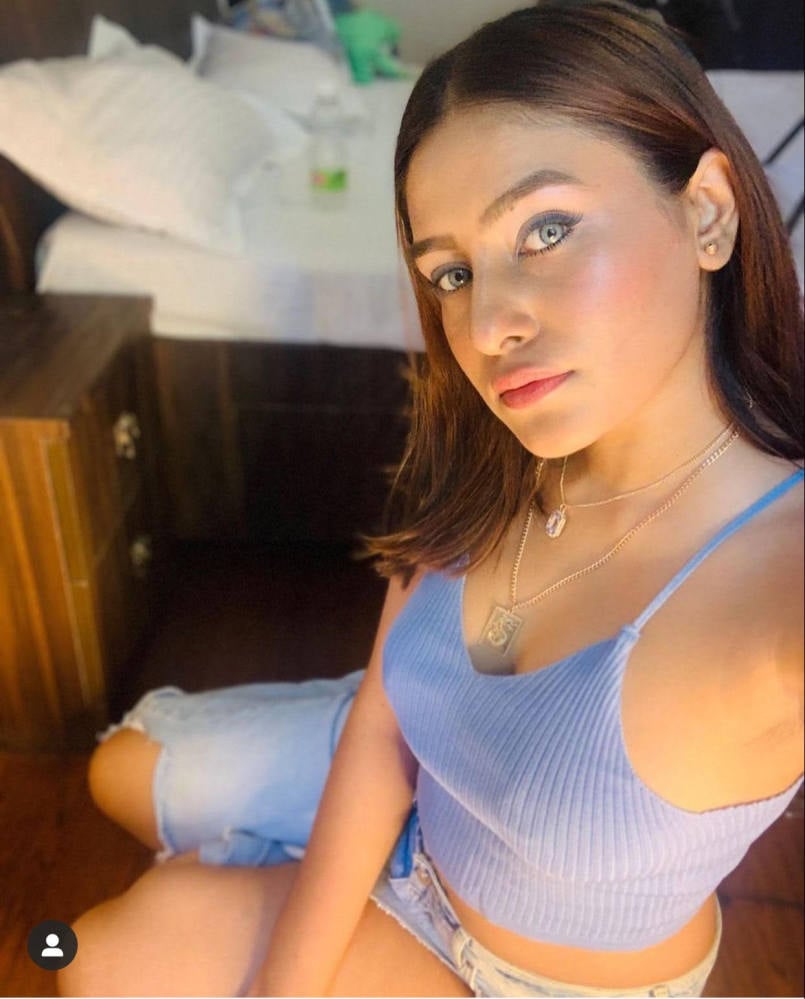
From Nykaa to Purplle, Sugar to Plum: India’s US$27 billion beauty industry is booming, driven by influencers, online shoppers
- Falguni Nayar, who founded India’s leading cosmetics e-commerce company Nykaa in 2012, is now the country’s wealthiest self-made woman billionaire
- Marketing analysts attribute the beauty boom to millions of new internet users, online influencers and the surge in popularity of e-commerce amid the pandemic
Every Sunday Sunita Sharma, 39, her daughter Priti and sister-in-law Aarti huddle around her phone for two hours after wrapping up their household chores to watch make-up tutorials by leading beauty influencers on YouTube.
Hundreds of thousands of upper-middle and middle-class Indian women like the Sharmas are increasingly joining an exponentially growing consumer base for India’s massive beauty and personal care product market. Currently valued at US$26.8 billion, the industry is poised to surge to US$37.2 billion by 2025 according to Statista, a consumer data company, which forecasts it will cater to 122 million online beauty shoppers by that year.

Is Chinese-style e-commerce the way forward for Southeast Asia?
Manish Taneja, CEO and co-founder of Indian beauty and personal care brand Purplle, also attributes the beauty industry’s growth to higher disposable incomes and growing aspirations. “Earlier, consumers had no access to learning about beauty regimes. But the social media landscape has changed that game. Now anyone from a villager to a city dweller can log onto different online channels to get information about the latest products and how to use them and look good.”
Similar to fellow fast-growing Indian beauty brands Sugar, Plum and the Amazon-backed MyGlamm, Purplle has sought to capitalise on this trend by creating a “highly personalised digital shopping experience”. Shoppers on the platform are shown recommendations from a catalogue of more than 50,000 items based on their search history, past purchase behaviour and personality details.
Plum, started in 2013 by chemical engineer Shankar Prasad, boasts of being the only 100 per cent vegan brand in India, with compositions created specifically for Indian skin and the country’s climate that are “completely natural, vegan incorporating a host of essential oils and natural extracts”. It claims all its products are cruelty free, as does fellow online beauty brand The Nature’s Co., which says on its website that US-based rights groups Peta (People for the Ethical Treatment of Animals) has certified it as a vegan-friendly company that practises non-cruelty to animals.
Areas of influence
Taneja, Purplle’s CEO, said the company reached out to potential buyers by harnessing the power of social media, and had staff on its payroll who spoke eight of India’s regional languages, in addition to Hindi and English, “for deeper penetration into regional markets where there’s great demand for such products”.
“We use Bollywood celebs as well as influencers and content creators who give make-up tutorials and also create product awareness among buyers,” he said.

Nikitha Khatri, a 28-year-old beauty influencer and entrepreneur with more than 73,000 followers on Instagram, said that Indian beauty brands were increasingly turning to social media stars over big-name celebrities for promotion, as their audiences tend to be more engaged and willingly influenced.
“Many of my followers and viewers are not so rich but from the middle-class,” said Khatri, who gets up to US$300 per Instagram post. “When I put out content, the response I get from them is that they can relate to the product and feel encouraged to buy it. Because of the credibility I enjoy, my audience engagement rate is also very high – [it’s] a win-win for me as well as the brands I’m promoting.”
We notice an immediate audience engagement when we use influencers to promote our product
Beauty influencer and make-up artist Pallavi Namdeo, 30, attributed the explosion in interest to social media, more international beauty brands entering the India market and the skyrocketing popularity of Korean skincare products – as well as a desire to look good that can be seen in all corners of the country, from small towns to big cities.
“Earlier, Indian women would wear make-up only on formal occasions. But now, even if they’re visiting a neighbour or a grocery store they’re well-groomed,” Namdeo said. “This awareness is creating a demand for content creators like us who not only connect brands with end consumers but also educate them about the use of various products, how to apply them, where to buy them from [and so on].”

According to Anji Gupta, a marketing manager in beauty brand Lotus Herbals’ influencer division, the preference for social media celebrities stems from them having their “own unique voice and audience”. “The influencer community is … more cost-effective as compared to high profile celebs. We notice an immediate audience engagement when we use influencers to promote our products.”
Thai beauty queen’s ‘real size’ message resonates as standards shift
Using information from Google trends, online content viewership figures and syndicated data from Kantar’s e-commerce and household panels, the study found that 81 per cent of consumers engage with beauty creators on YouTube – which the report said had emerged as the country’s “online beauty adviser”- with 26 per cent going on to then purchase a product as a direct result.
“Traditionally, Indian men have used cosmetics already available in-house bought by their mothers or spouses,” said Purplle’s Taneja. “No specific brands were catering to their needs. But with rising demand from this segment, it is creating more opportunities for brands like us.”

